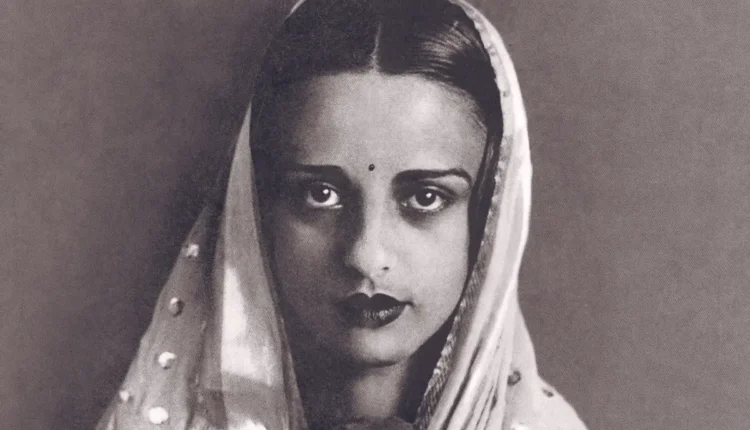Amrita Sher-Gil, born on January 30, 1913, in Budapest, Hungary, stands as a monumental figure in the realm of modern Indian art. Her brief yet impactful life was marked by a relentless pursuit of artistic excellence and a profound connection to her cultural roots. Despite passing away at the young age of 28, Sher-Gil’s legacy endures, revered as one of the greatest avant-garde women artists of the early 20th century and a trailblazer in the Indian art scene.
Early Life and Education of Amrita Sher-Gil
Amrita Sher-Gil was born to Umrao Singh Sher-Gil Majithia, an Indian Jat Sikh aristocrat, and Marie Antoinette Gottesmann, a Hungarian-Jewish opera singer. Her multicultural upbringing played a pivotal role in shaping her artistic vision.
From an early age, Amrita Sher-Gil displayed a natural inclination towards painting, receiving formal lessons at the tender age of eight. Her artistic journey was significantly influenced by her uncle, Indologist Ervin Baktay, who recognized her talent and encouraged her to pursue art.
In 1921, financial difficulties prompted the Amrita Sher-Gil family to move to Summer Hill, Shimla, India. Here, young Amrita continued her artistic education under the guidance of Major Whitmarsh and later Hal Bevan-Petman.
Her early years were characterized by a privileged lifestyle, filled with music, theatre, and painting. By age nine, she was performing in concerts and acting in plays, further showcasing her artistic versatility.
Artistic Development in Europe
At sixteen, Sher-Gil and her mother sailed to Europe, where she enrolled at the Académie de la Grande Chaumière and later at the École des Beaux-Arts in Paris. Immersed in the Bohemian circles of Paris, she drew inspiration from European masters such as Paul Cézanne, Paul Gauguin, and Amedeo Modigliani.
Her early works, particularly the 1932 oil painting “Young Girls,” garnered critical acclaim, earning her a gold medal and recognition as an Associate of the Grand Salon in Paris, making her the youngest and only Asian artist to receive this honor.
Return to India and Embrace of Indian Art
Despite her success in Europe, Amrita Sher-Gil felt a deep longing to return to India, believing her true artistic destiny lay there. In 1934, she returned to India, embarking on a journey to rediscover her roots.
Her travels across India, including visits to the Ajanta Caves and exposure to Mughal and Pahari schools of painting, profoundly influenced her work. Sher-Gil’s paintings from this period, such as “Bride’s Toilet,” “Brahmacharis,” and “South Indian Villagers Going to Market,” reflect her empathy for her subjects and her vibrant use of color.
Later Career and Legacy
Amrita Sher-Gil’s later works marked a significant departure from her European phase, embracing traditional Indian art forms and subjects. Her marriage to her Hungarian first cousin, Dr. Viktor Egan, brought her to Saraya, where she continued to produce masterpieces like “Village Scene,” “In the Ladies’ Enclosure,” and “Siesta.” Despite the critical acclaim, her paintings found few buyers during her lifetime, a testament to the often challenging reception of avant-garde art.
In 1941, Sher-Gil moved to Lahore, a major cultural hub, where she continued to paint until her untimely death on December 5, 1941. Her passing left many works unfinished, but her influence on Indian art remains indelible.
Also Read:Bamba Sutherland: Advocate of Indian Independence and Women’s Rights

